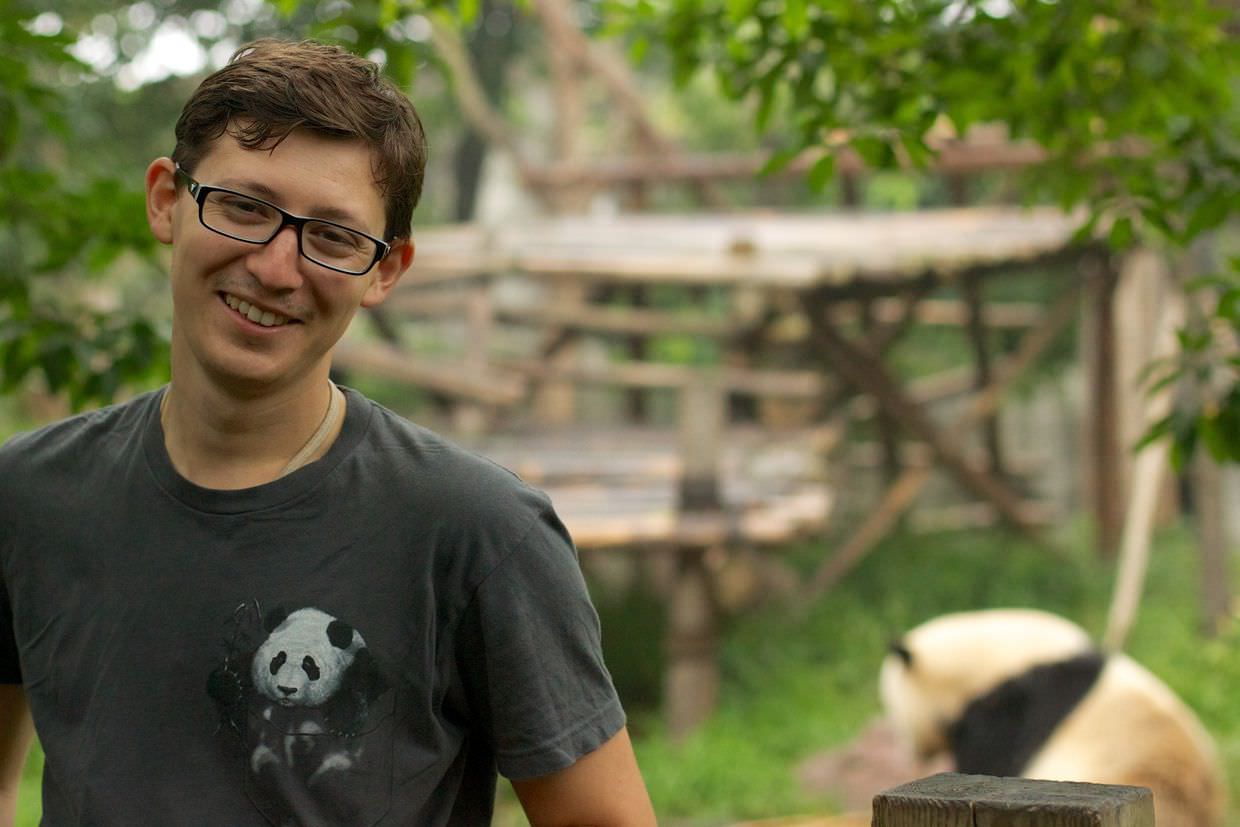Giant Pandas and Red Pandas
We’d expected a half-day in Chengdu to look around when we arrived, but after a very early arrival for our midday flight departing from Jiuzhaigou, typically the flight was delayed and we spent most of the day waiting in an airport. From our short flight (it might have been quicker to drive), about 50mins, we arrived in Chengdu in Friday’s rush hour and spent another hour in the car trying to get to our next hotel. After all that travelling we didn’t feel like doing much.
Wenjun Mansion Hotel
Our hotel was situated in an affluent touristy part of town — Qintai road; a recently built but ornate shopping street with over-priced paintings, jade sculptures and tea. It was also lined with Chinese hotpot restaurants. We were staying in Wenjun Mansion Hotel which was a strange cross between a hostel and a hotel, the rooms were like those of a rundown hotel that lacked the backpacker vibe of a hostel. It was probably our least favourite hotel in all of China, and unfortunately one of the ones we had the most free time in.
But it wasn’t without character and it wasn’t bad. The staff were friendly and helpful, the food was homely and tasty — we enjoyed eating here, the location (although touristy) was right next to the city parks. And the place has some personality; all the hotel rooms border an old courtyard (where food is served), and it evokes a bit of the grandeur of a traditional Chinese mansion house; even if it does need a bit of love and attention.
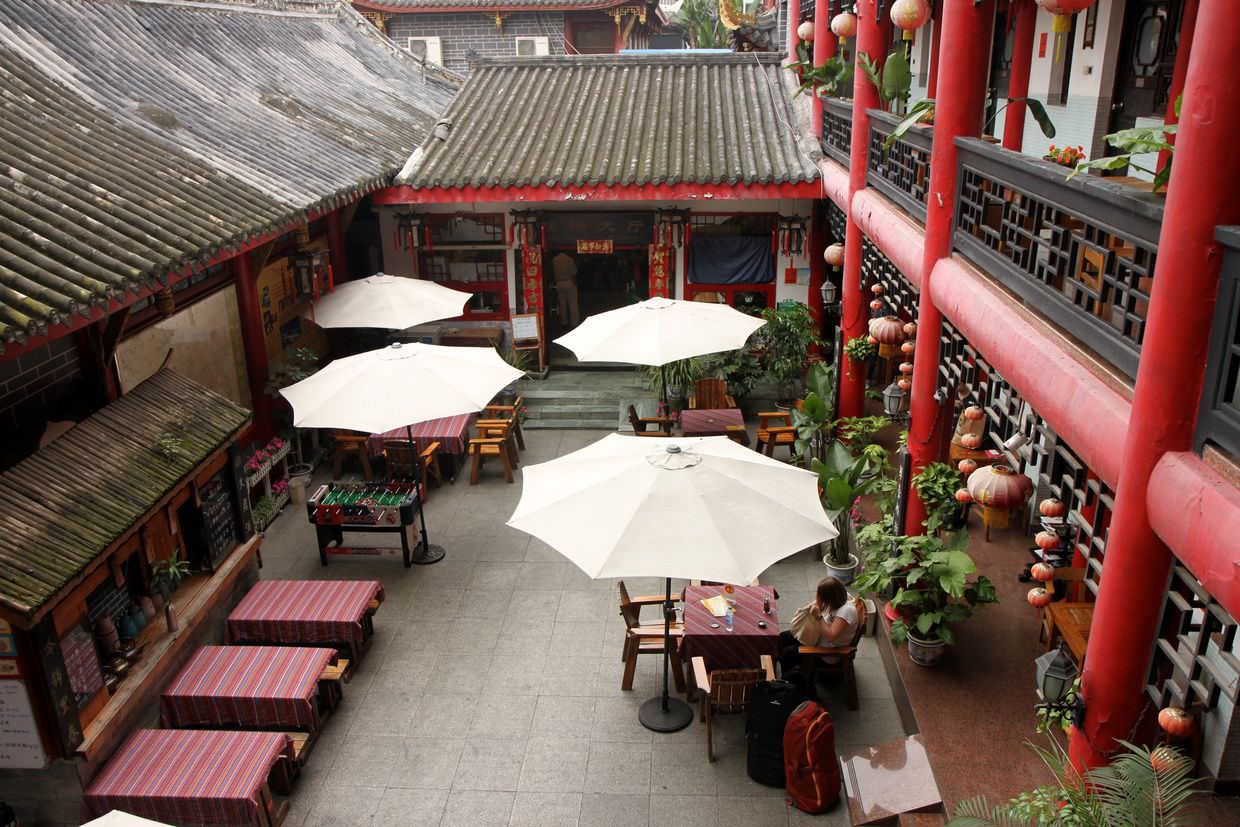
That night we explored Qintai road, and in the dark we found the poorly lit people’s park. Despite the lack of lighting (in the UK you might expect a dark city park to be dangerous), the place was still filled with people; groups practising dancing or tai chi, dimly lit from the glow of the city.
Giant Panda breeding research base
The reason we came to Chengdu at all was to see the Giant Pandas. Pandas are a quintessential part of China, and in Sichuan every shop seems to sell some form of panda paraphernalia. Tourists walk about in furry panda jumpers, panda coats and goofy panda hats. At the non-profit Chengdu base there are over 80 pandas, mostly bred through artificial insemination. The base focuses on captive breeding, studying panda reproduction with the aims of preventing extinction, but it isn’t breeding and rearing pandas to release back into the wild.
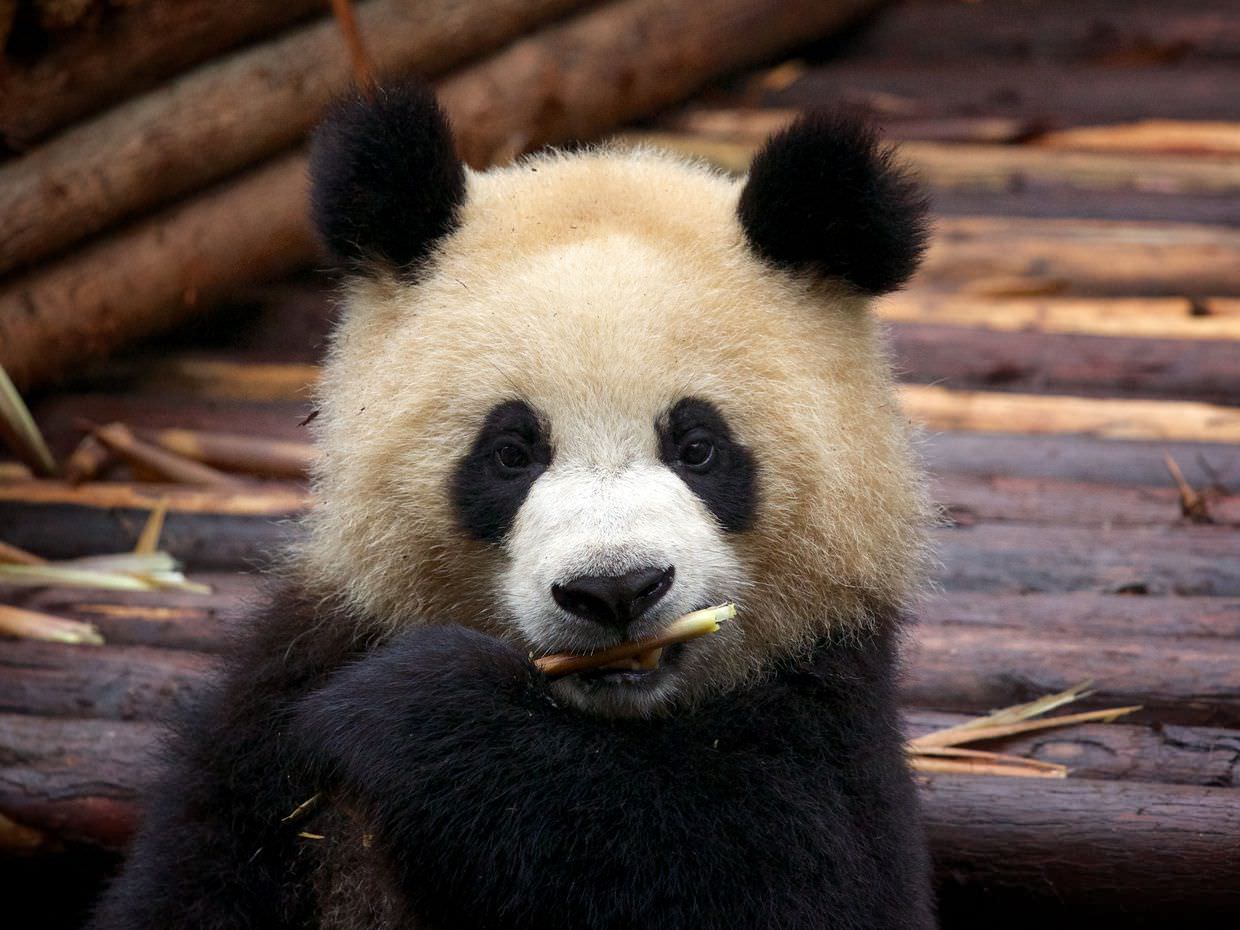
The base opens at 7:30am, and we left early with a small group from the hotel, to get there before all the tour groups. Panda feeding is at 9am and we didn’t want to miss that. The entrance to the park is an abstract concrete panda, and there’s golf buggies which whisk you around if you need it — on more than one occasion we were told the Chinese don’t like to walk; and to be honest this park is small enough to not need a buggy. Our drivers marched us towards the panda enclosures; too early for some, the eldest pandas were still asleep in their concrete rooms, or groggy and waiting for breakfast.
“Come, come — pandas feeding” our driver said; we rushed around to find the Giant Panda cub enclosure where eight cubs, all about two years old, were casually gorging themselves on bamboo. So many pandas in one place, this must be one of the few places in the world that there is such a congregation. Nom nom nom, they ate in all sorts of poses your mother would advise against; spread-eagled on the floor one chewed the stalks lying down, bamboo remains spread across her furry chest. Beyond lies another enclosure, where the one-year olds were hanging about in the treetops, clumsily resting in the foliage, never at risk of falling.
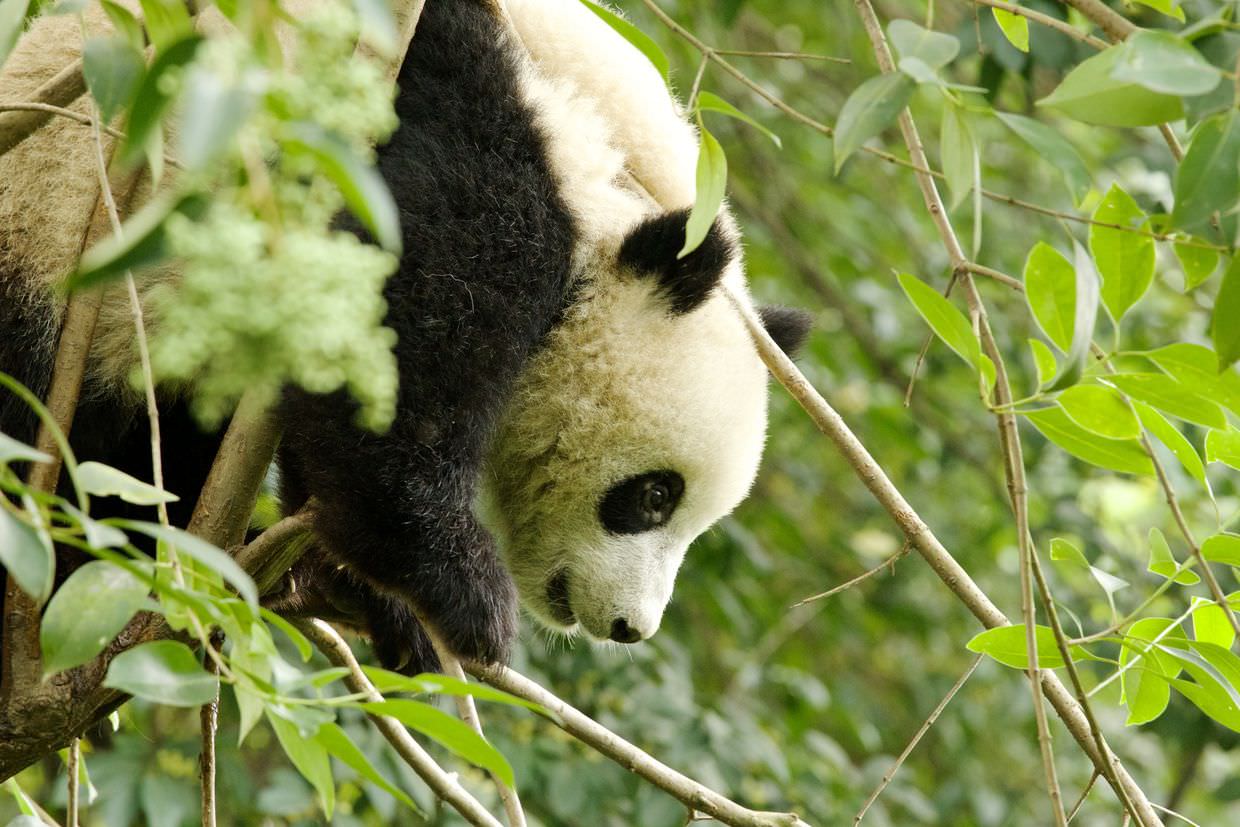
We’d come to Chengdu at one of the best times of the year. The youngest cubs were born about a month ago and in the “Sunshine delivery house” we queued to see staff feeding the cuddliest cutest of earth’s creatures with pipettes. All were born after artificial insemination. In the north of the park there are more panda houses, often reserved for pregnant pandas, they’re more spacious and luxurious. Though all the pens are large, with plenty of trees and space for the pandas to move about in, not that they do much moving — it’s rare to spot one of the docile pandas doing anything but eating and sleeping. At the “Moonlight delivery house” we found another baby, not more than a foot long, sleeping in a wooden cot.
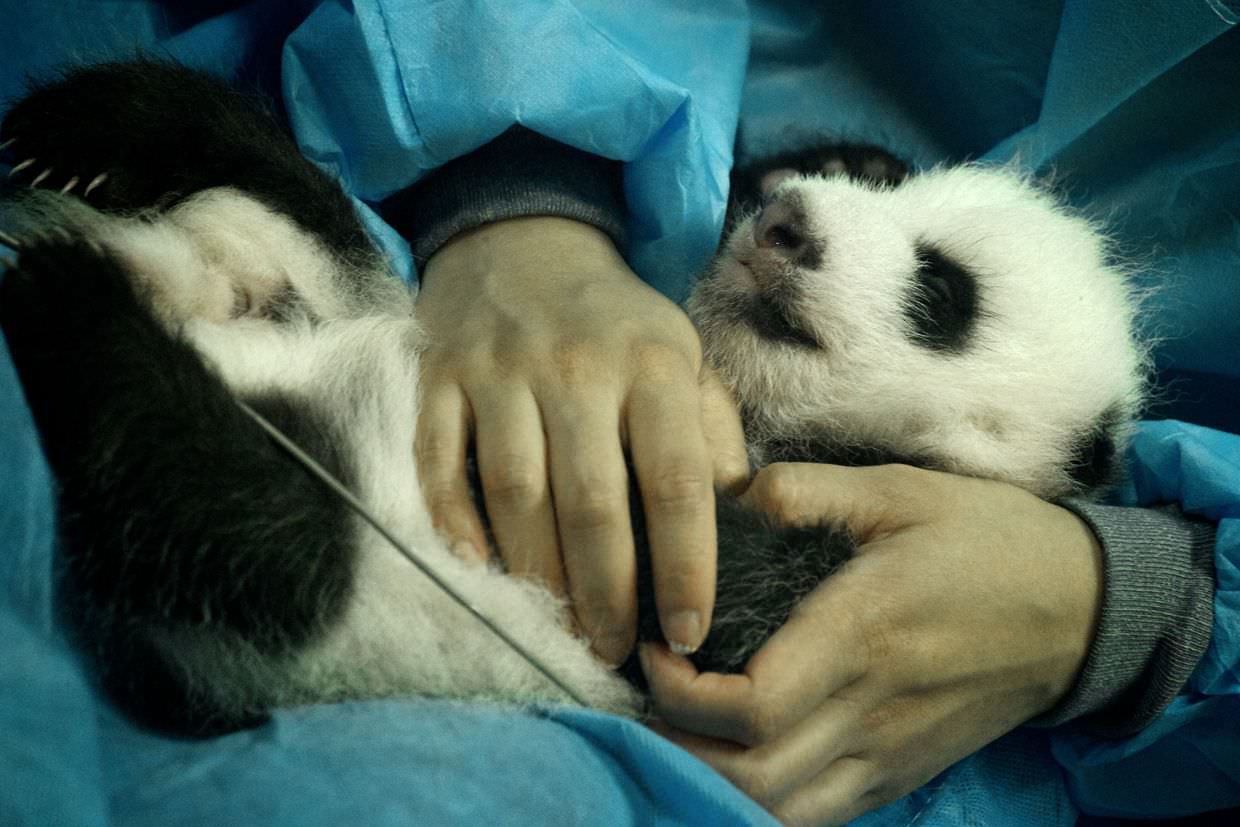

It’s amazing that these giant pandas aren’t extinct. They are solitary animals that rarely like to breed, when they do they rear only one cub and often don’t know how to treat this cub when its born. They predominantly eat bamboo, which gives them precious little energy; so little that they need to spend all day eating and have the inclination to do nothing else. (Bamboo itself is a peculiar plant, flowering once in 30 years and then dying). It’s amazing they find each other to breed in the first place. Then on top of this there’s the destruction of their essential habitat; the bamboo forests. How and why did an animal with ferocious origins, sharp claws and dangerous teeth become so placid?
Red pandas
The Chengdu research base houses and breeds Red Pandas too (also known as red cat-bears or lesser pandas — they aren’t closely related to the Giant panda). There’s less than 10,000 of these gorgeous bears left in the wild. Through a metal gate we passed into the Red panda enclosure, where you can walk freely amongst the animals, if you can spot them. From the slippery boardwalk we saw one high up in a tree, sleeping, then another doing the same. All of a sudden there was a kerfuffle from behind me and one of the pandas ran from behind me, brushed by my shorts, and continued along the path. Up ahead was a feeding platform, where more were enjoying a papaya feast.

Time to go?
Having seen everything, our drivers tried to rush us all back to the cars to return back to the hotel. But it was only 10:30. Our group staged a coup and we all stuck around in the park a little longer, agreeing to meet them later. Returning to the two-year old Giant panda cubs was worth it alone. They’d finished eating, had a bit of sleep and were now active and playful. Of course now there were many crowds, and we had to jostle to the front, but soon it felt like we were at the theatre. Two of the cubs were fooling around with each other, falling over backwards, pouncing on each other, wrestling; each calamity was met with a roar of laughter from the audience. It felt like a rare thing to see.
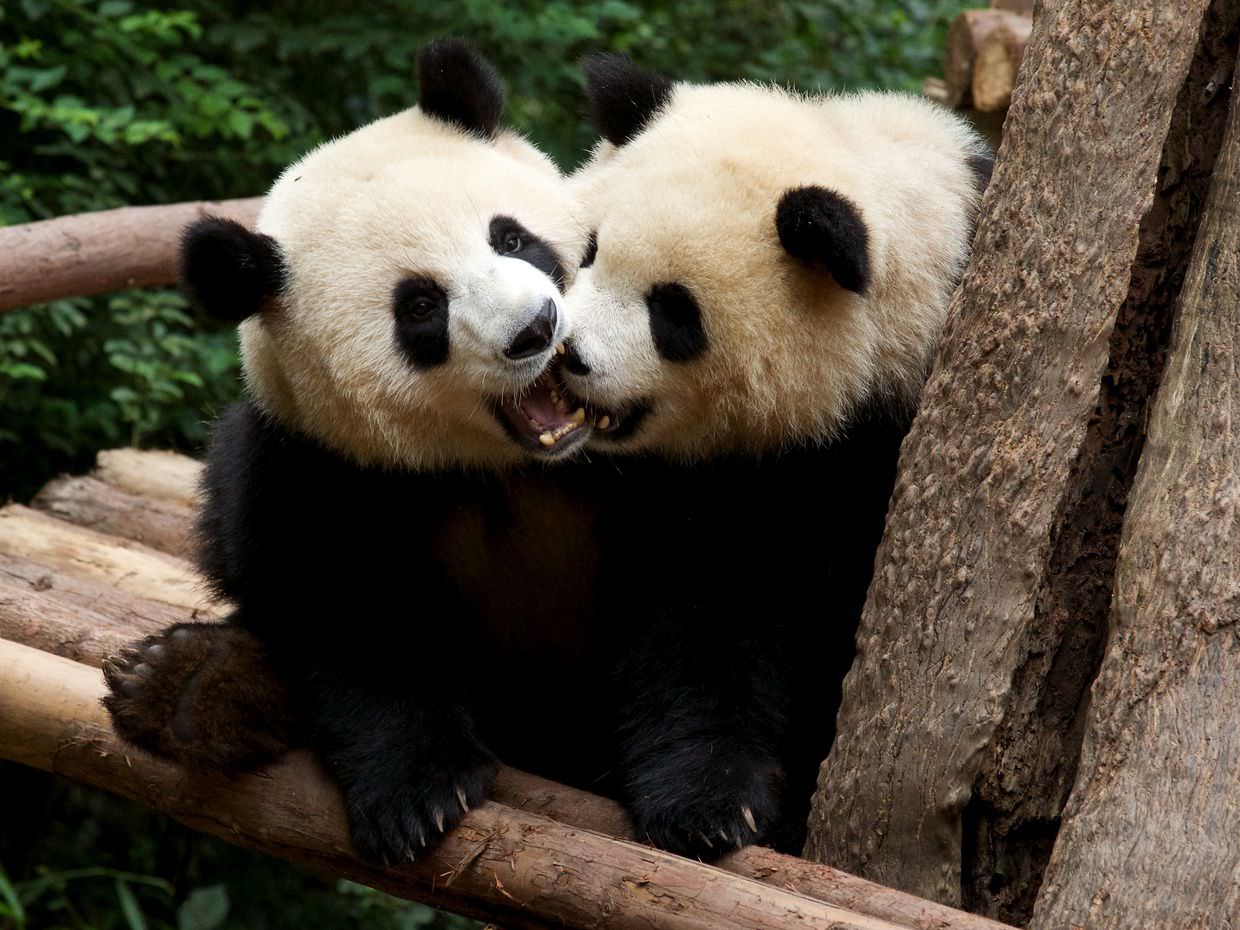
Another visit
We didn’t have much to do the following morning in Chengdu, and after feeling a little rushed around the park we decided to come back one more time, we’d do the park in our own time and try and get some good pictures. Unfortunately the sky was more heavy and overcast and didn’t make for many good photos. Still, it was worth coming back just to see the pandas again, after all we’d come a long way.
